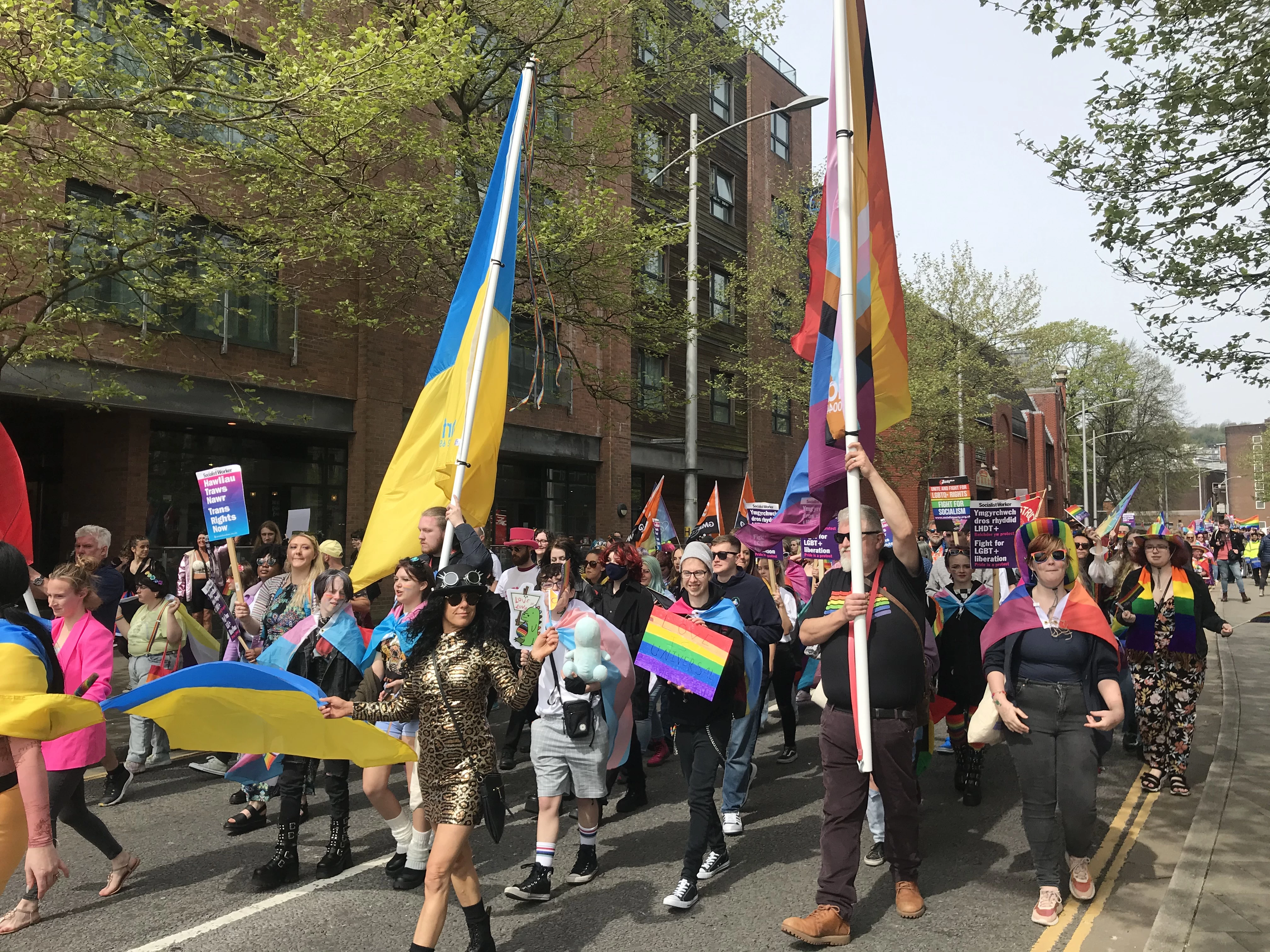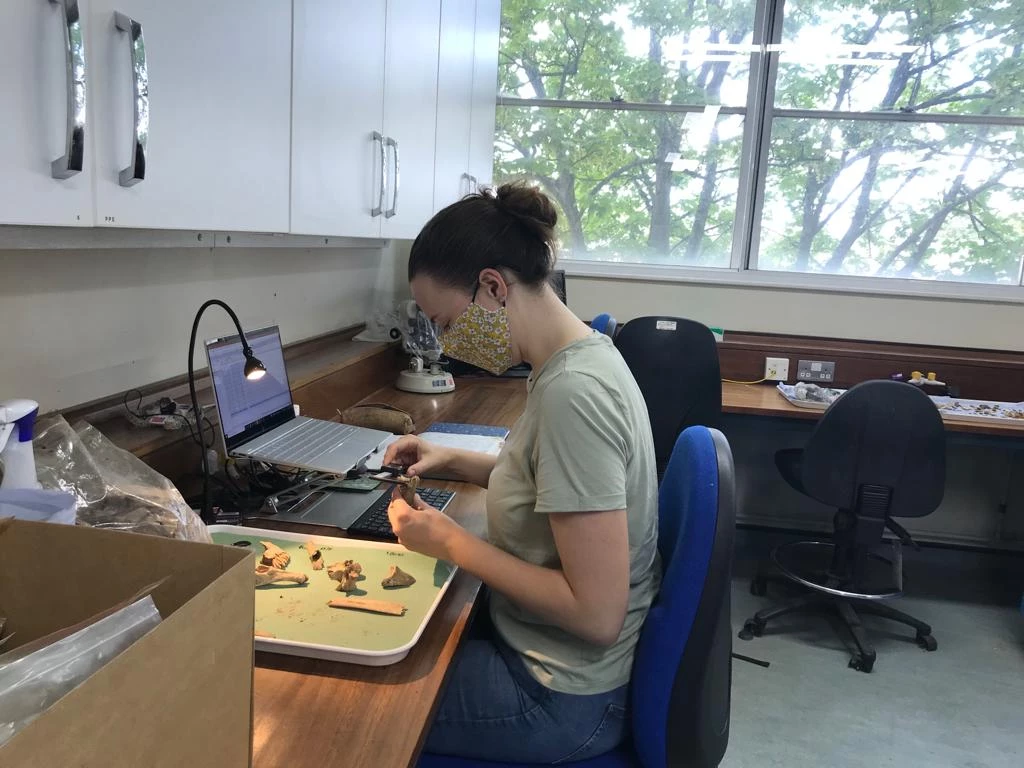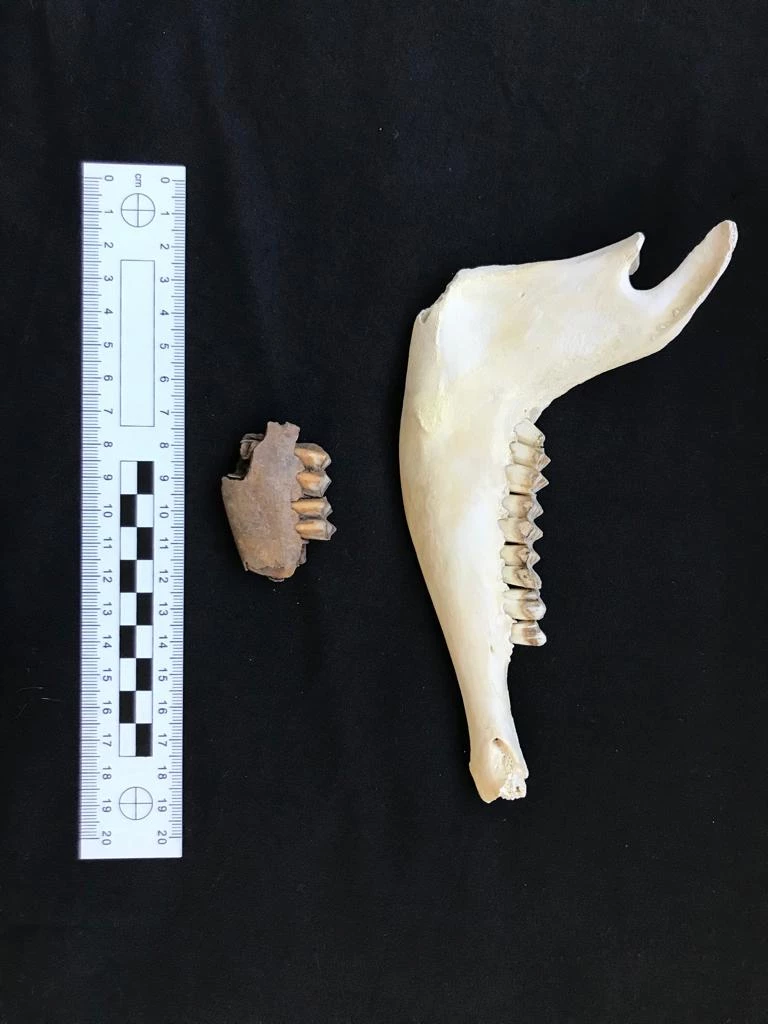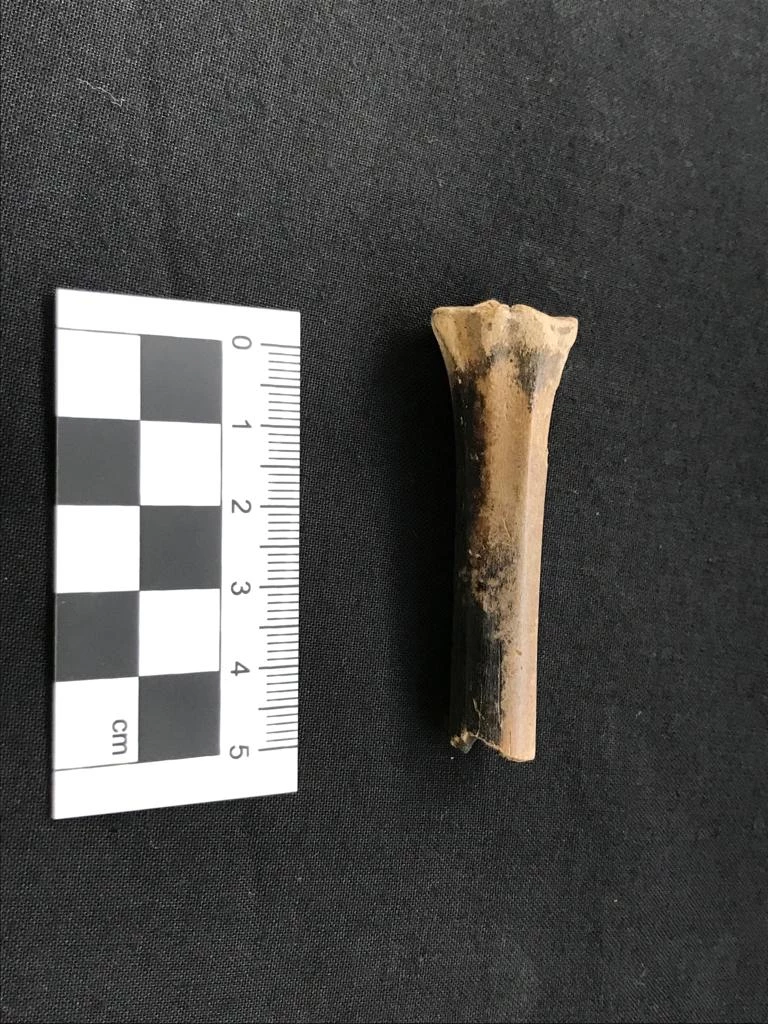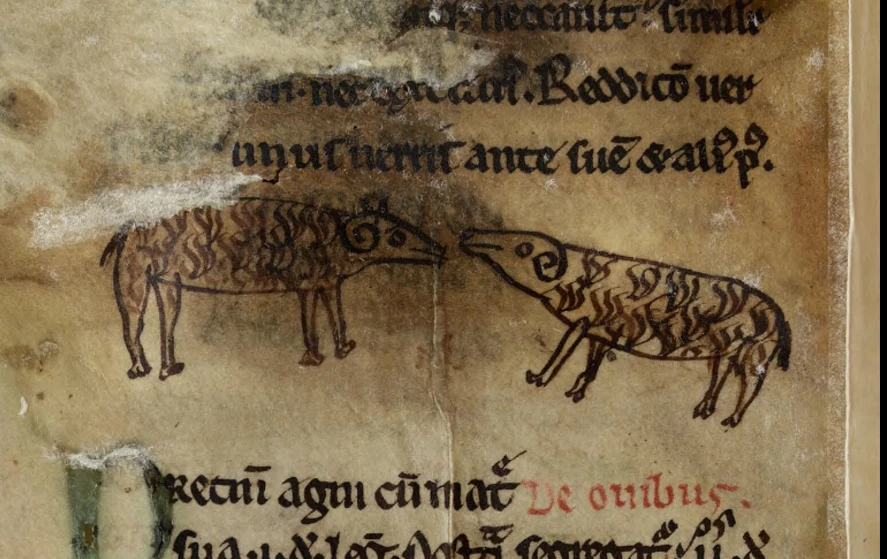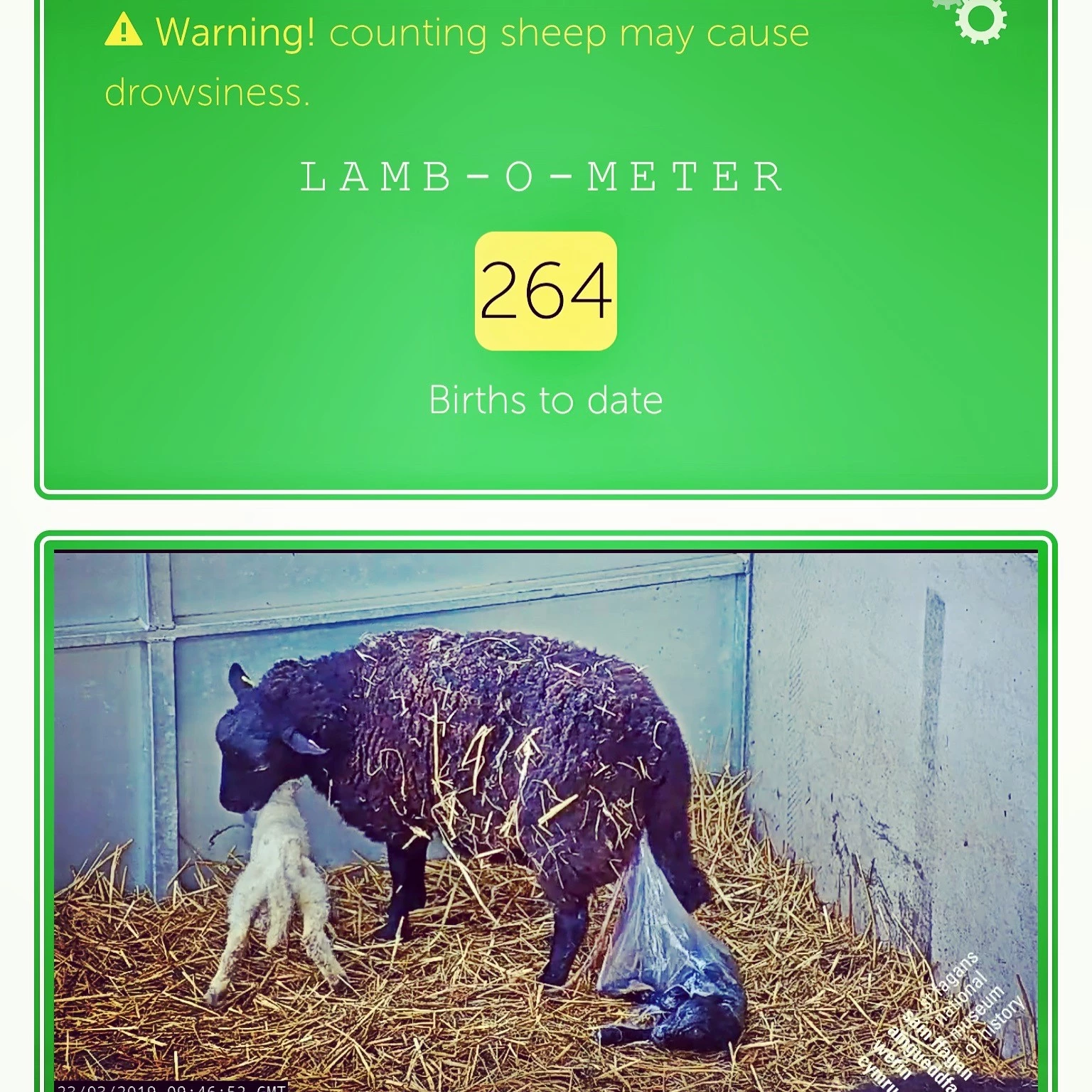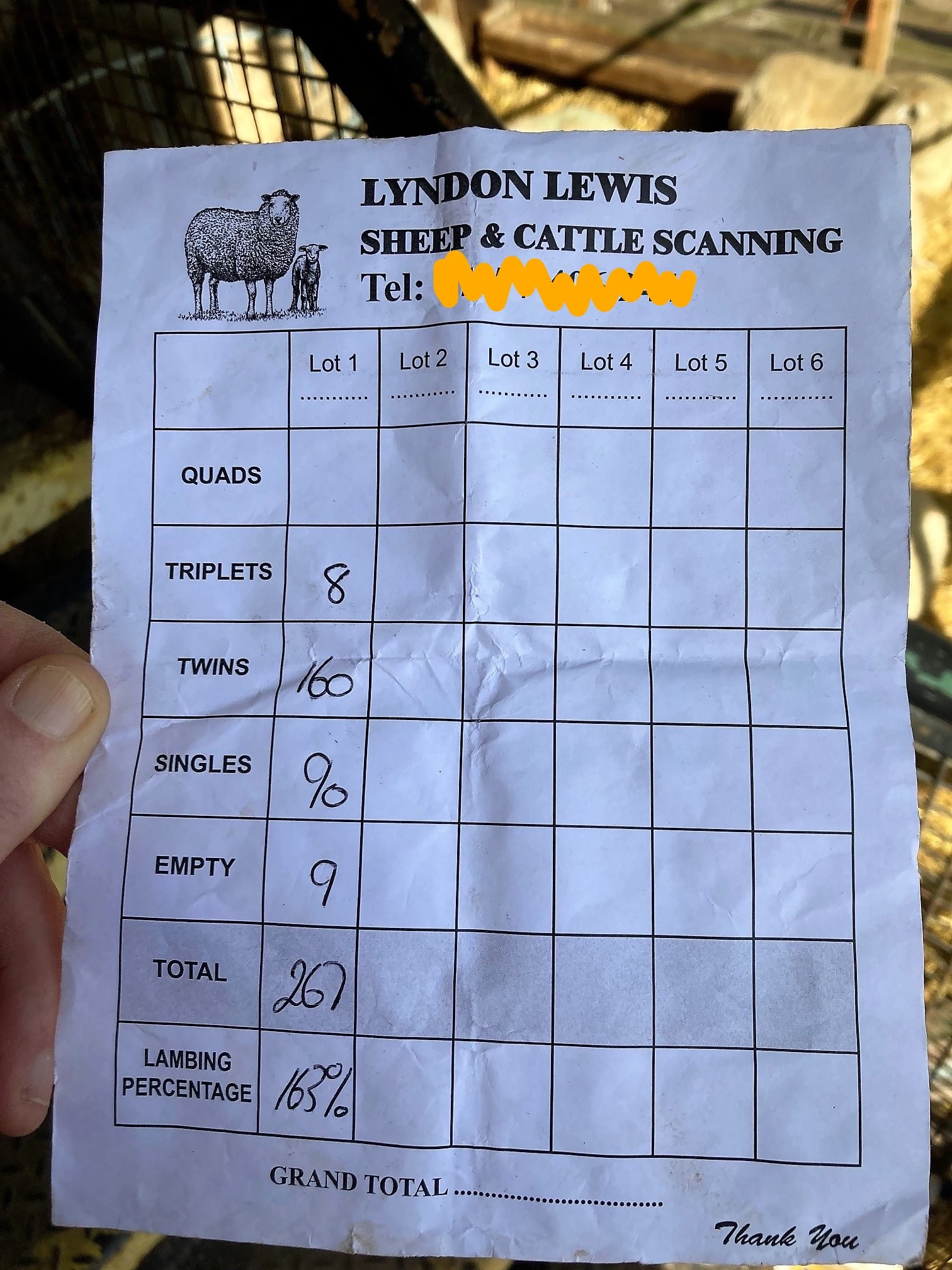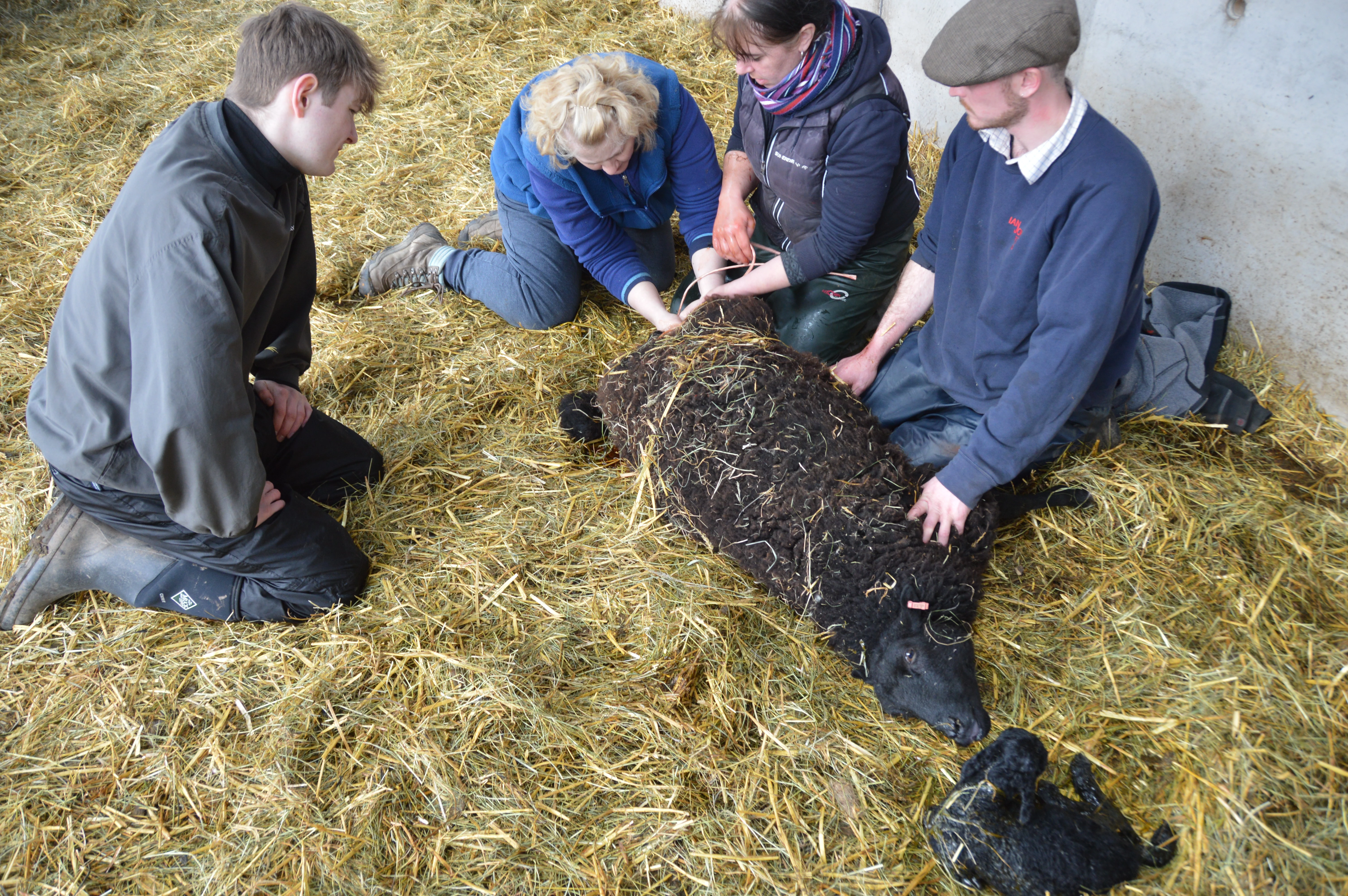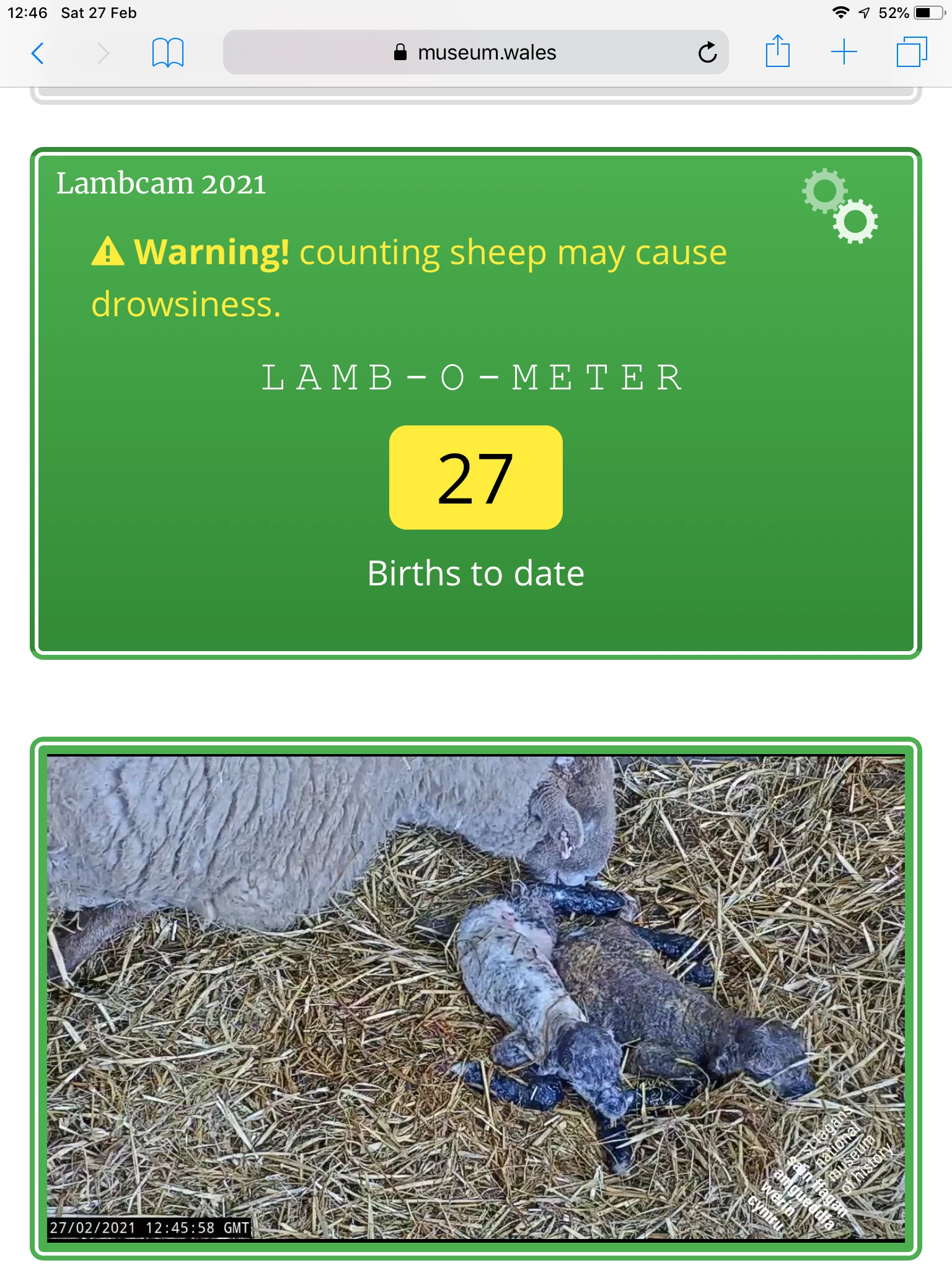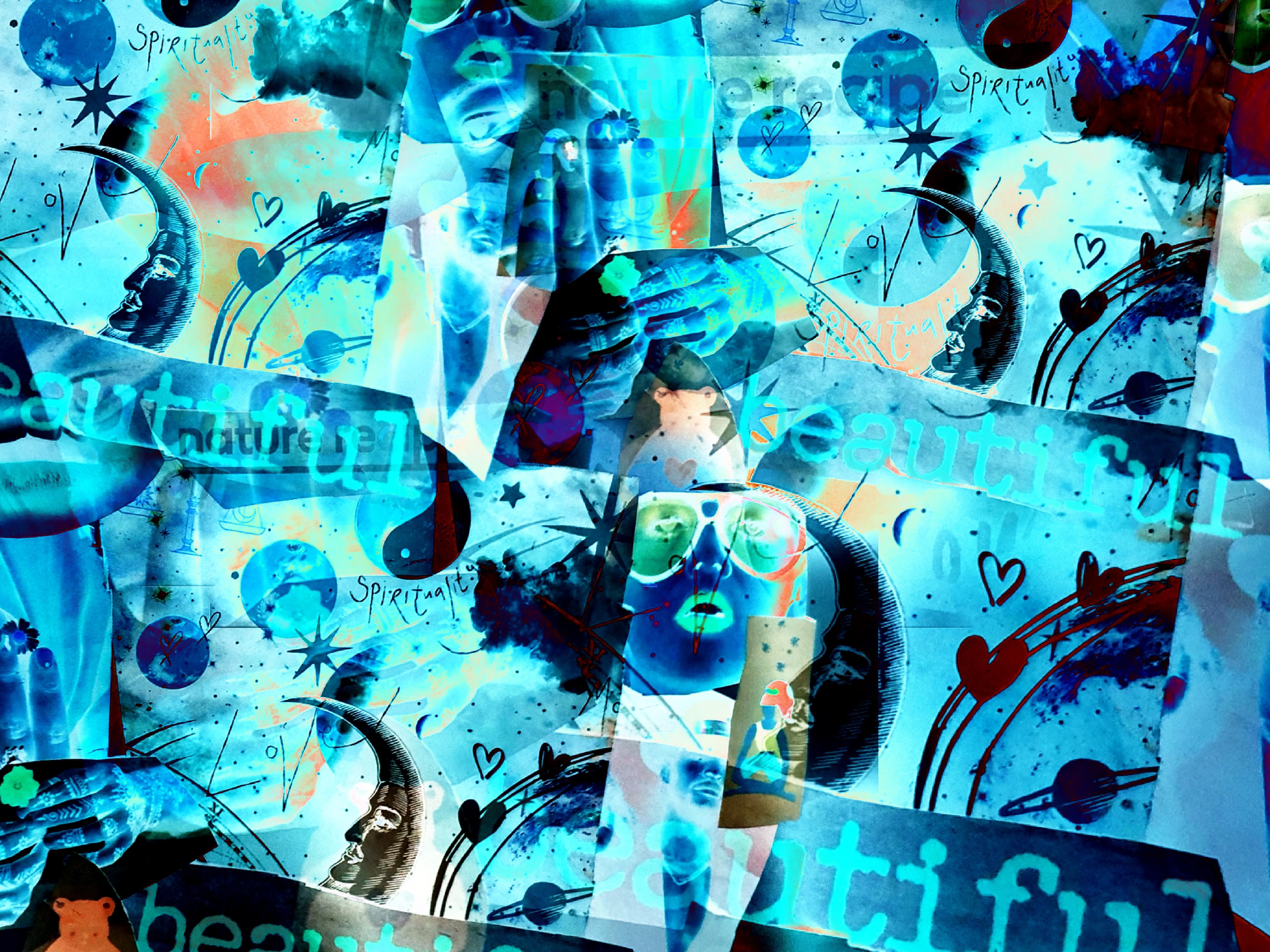Celf a Cherdd: Arddangosfa Ryngweithiol
, 30 Awst 2022
Beth sy’n gwneud i chi dreulio amser yn edrych ar baentiad penodol? Beth sy’n eich tynnu chi i mewn? Gall fod yn anodd crisialu’r meddyliau hyn mewn geiriau, a dyna lle gall barddoniaeth helpu.
Rhwng 6 Medi ac 6 Tachwedd, bydd arddangosfa farddoniaeth ryngweithiol yn ein horiel ‘Celf ym Mhrydain y Ddeunawfed Ganrif’. Bydd modd i chi ddarllen (neu wrando ar) nifer o gerddi a luniwyd mewn ymateb i rai o’r paentiadau. Bydd hefyd gwahoddiad i chi roi cynnig ar lunio eich cerdd eich hunan...
Felly, efallai y byddwch chi’n gofyn, pam barddoniaeth? Gall barddoniaeth fynd â ni ar drywydd annisgwyl. Gall ein helpu ni i gyfleu syniadau ac argraffiadau nad oedden ni hyd yn oed yn ymwybodol ohonyn nhw, i ddeall ymateb ein hisymwybod i ddarn o waith celf. Gall ein helpu ni i ymgysylltu â chelf mewn ffordd wahanol, a’i gweld o safbwynt o’r newydd.
Does dim rhaid i’r cerddi fod yn ‘dda’. Does dim rhaid iddi edrych fel cerdd hyd yn oed. Mae’n ymwneud ag arafu a gadael i ran wahanol o’ch ymennydd gymryd y llyw – y rhan o’ch ymennydd sy’n myfyrio mewn ffyrdd nad ydych chi’n ymwybodol ohonyn nhw, wrth i chi edrych ar waith celf, gan drosi eich meddyliau’n eiriau.
Does dim atebion ‘cywir’ nac ‘anghywir’. Bydd pob ymateb creadigol yn rhoi dehongliad newydd i ni, lens newydd y gallwn weld drwyddi.
Bydd yr arddangosfa ryngweithiol yn cynnwys cerddi a luniwyd gan grŵp amrywiol o unigolion a gymerodd ran mewn cyfres o weithdai ysgrifennu yr haf hwn, ochr yn ochr â cherddi a luniwyd gan ymwelwyr i’r amgueddfa. Mae’r arddangosfa’n ffurfio rhan o broject ymchwil PhD a drefnwyd gan y bardd sy’n byw yng Nghaerdydd, Rachel Carney, a ariennir gan Bartneriaeth Hyfforddiant Doethurol Cymru a De Orllewin Lloegr.
Gwrandewch ar y cerddi ar ein tudalen Digwyddiadau.
Dysgwch fwy am yr ymchwil hon, a sut gallwch chi helpu.



